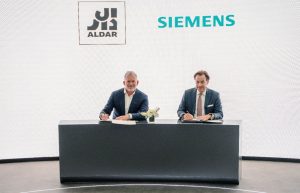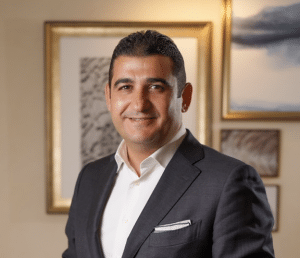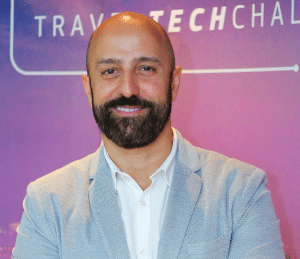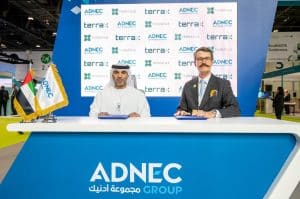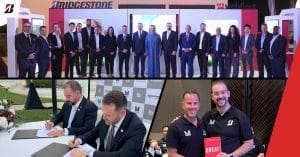
In times of turbulence we often turn to philosophy in search of a higher truth. As much of the Northern hemisphere is changing to a colder season and a warming fire becomes quintessential, it maybe comforting to revisit Plato’s allegory of the cave. It seeks to distinguish between ignorance and knowledge by using fire as a metaphor to display shadows on the cave wall which the chained prisoners believe are reality. It is only the most daring of them who actively questions such false images and eventually escapes the cave to find real knowledge.
While not philosophical quite to such an extent, the practice of Environmental, Social, and Governance (ESG) in investing is becoming a divider between those who still believe that ESG is a “nice to do” (the prisoners stuck in the cave) and those who have realised that using ESG actively can unlock information that can materially alter the investment decision and thus result in financial gain (the escaped prisoners). It is for this reason that ESG is the pinnacle of active investing: the effort to obtain the most relevant extra-financial information through research and engagement and the knowledge of how to apply it are the domain of only the most sophisticated active managers.
But how does this happen in reality?
Let’s look at three real-life examples of how our efforts as an active manager to research and engage unlocked valuable and financially-relevant insights. In the seaport sector, the risk of climate change is already present. Through research we understood that scenario analysis helps port operators to better understand the impact of sea levels on vessel movement. As a result they can make the necessary investment to make the port more resilient. During engagement we learnt that only one company had conducted a thorough coastal assessment using the IPCC climate scenarios, made significant investment to alter the port, and has established processes to update information related to rising sea levels. Based on our analysis we were able to quickly unpick the business which we believe has the most climate-resilient operations.
The emergence of a “greenium” for ESG versus non-ESG securities means that in the long-term there may be clear financial benefits to investing in higher “green quality” green bonds. Higher quality use-of-proceeds green bonds may trade tighter than lower quality ones. Investors who can distinguish between these with strong conviction will reap the financial benefits. There has been a proliferation of green issuance in the China property space and our framework showed us that one issuer in particular was a clear laggard: while the use of proceeds were directed toward green buildings and pollution prevention, the holding company overall lacked quantifiable, science-based targets to limit emissions. It also provided a low level of transparency regarding how quickly the green funds would be disbursed and whether they would not be used for harmful activities while awaiting allocation. As a result we distinguished between stronger conviction/high quality green bonds versus lower quality ones.
Transition risk has clear financial implications for asset management. The industry is exposed to stranded assets, or assets that become obsolete much faster than initially planned because more economically viable alternatives exist (for example, renewables replacing coal-fired power generation). It is also exposed to eroding “bottom lines” (profits, income and cash flow) due to higher carbon costs associated with complying with emission regulations. We deemed a freight railway operator high risk due to its exposure to transporting thermal coal, for which demand over the medium to long-term is forecasted to diminish, leaving the business vulnerable to a considerable revenue loss. Unless it starts to diversify into other areas, such as container cargo, the very existence of the business may be put to question. When we engaged, we specifically sought to understand the Board-level oversight of transition risk and the capital allocation priorities to make the business more resilient and diversified. As a result we obtained extremely valuable information on the business transformation and capital expenditure strategy, such as how the business is dialing down on coal by investing in a logistics terminal that allows it to move containerised freight between warehouses. This offered comfort in that the right capital allocation decisions are being made to ensure the viability of the business.
In Plato’s cave many prisoners feel comfortable with the warming fire and the false images displayed on the wall, and so do many investors who claim to be incorporating ESG by relying on, for example, external ratings or taking ESG disclosure from companies at face value. But if Plato was right, the most active and curious prisoners will be the ones attaining the higher truth. And this lesson may very well be valid in the domain of ESG and active asset management.



